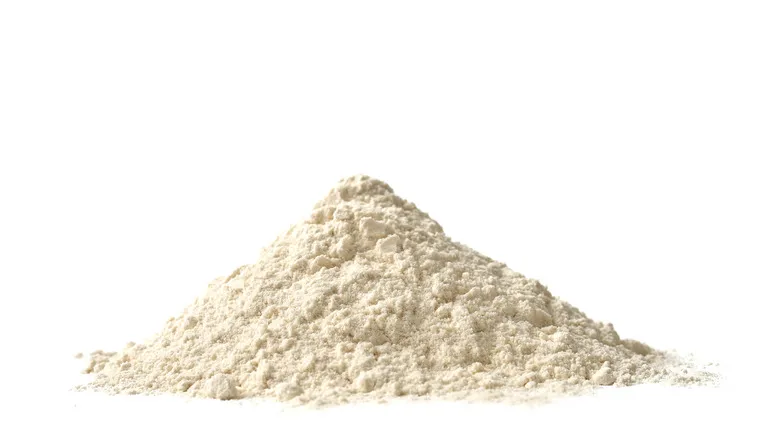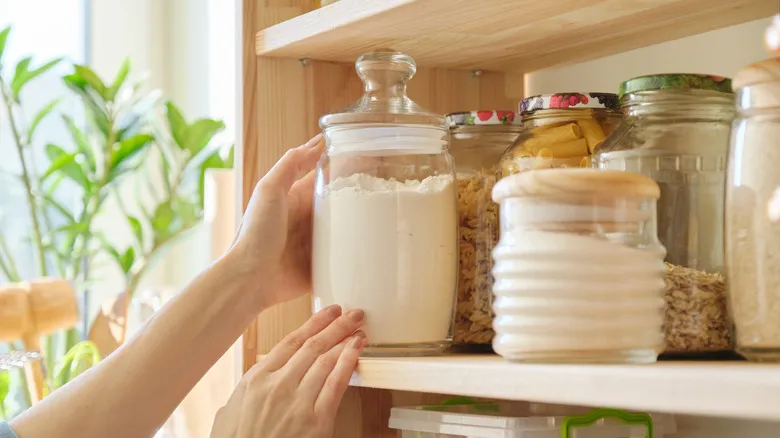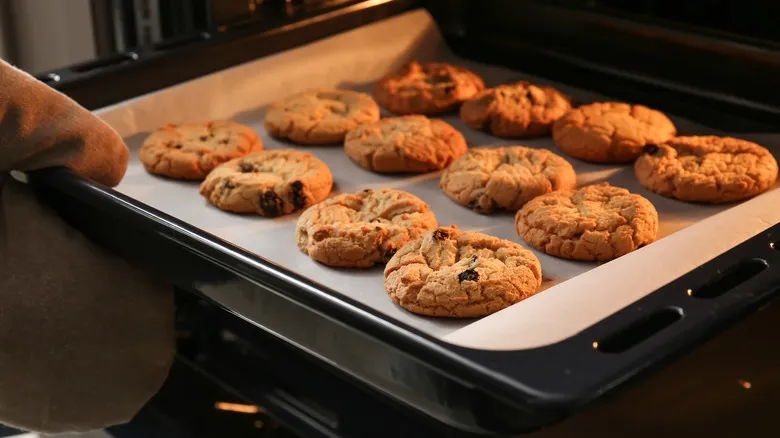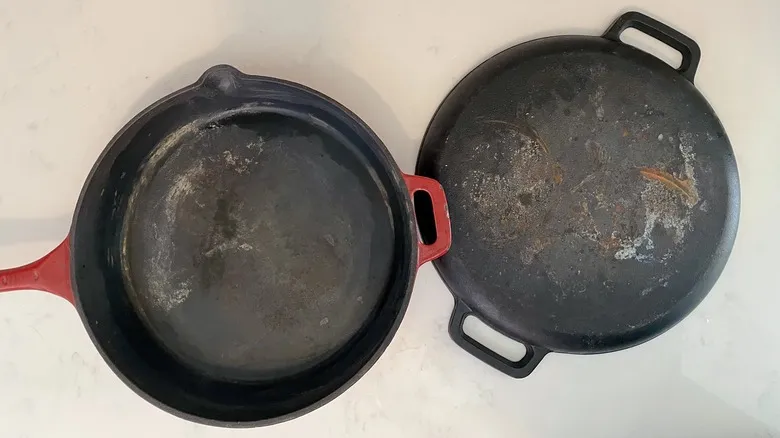What happens when flour goes bad?

If you’re surprised to learn that flour can spoil, or if you’re a dedicated baker who always uses it up before it has a chance to go bad, you might not realize what happens when flour exceeds its shelf life. Unlike other foods where spoilage is obvious—like fuzzy mold or slimy textures—flour’s deterioration is more subtle and gradual, making it less noticeable to the eye.
Over time, the molecular structure of flour changes, especially when exposed to moisture or air. When flour comes into contact with water, it can become clumpy or develop an unpleasant texture. This can also lead to a rancid taste in your baked goods, and in some cases, mold or fungus may form. Additionally, if air enters the flour container or bag, oxidation can occur, resulting in a loss of flavor, taste, and freshness, as well as a decline in nutritional value. Fortunately, by using proper storage techniques, you can prolong the shelf life of any type of flour, ensuring it remains fresh and ready for all your future baking endeavors, from cakes to cookies to bread.
How to store your flour for maximum freshness

Since air and moisture are the primary adversaries, proper storage is essential. Store flour in a cool, dry place, away from temperature changes, and in an airtight container. Even with ideal storage conditions, different types of flour—ranging from gluten-free to chickpea to all-purpose—will have varying shelf lives. Generally, more processed flours, such as standard inexpensive bleached all-purpose flour, tend to last longer. This is due to the reduced amount of the original grain remaining after processing, resulting in lower oil content. In contrast, flours with higher oil content, like whole grain varieties, retain more of the original wheat grain and are therefore more prone to spoilage. Alternative flours, such as almond, coconut, chickpea, or any gluten-free options, are similarly vulnerable to spoilage and may only last from one month to six months, while traditional flours can last closer to a year.
Regardless of the type, storing your flour in an airtight container will help prolong its freshness. Avoid leaving it in the original bag; instead, transfer it to a jar with a secure lid, like a mason jar or another storage canister. For even better preservation, consider placing it in the fridge or freezer, where even whole grain flours can remain viable for up to two years when stored correctly.
Recommended

The Temperature Of Your Eggs Makes A Huge Difference In Chocolate Chip Cookies

The Secret Behind Luxurious Restaurant Soups And Sauces Is A Bit Of Butter

Pickle Juice Is The Key To Bright (Not Overpowering) Pasta Salad

How To Season A Cast Iron Pan, New Or Old
Next up

